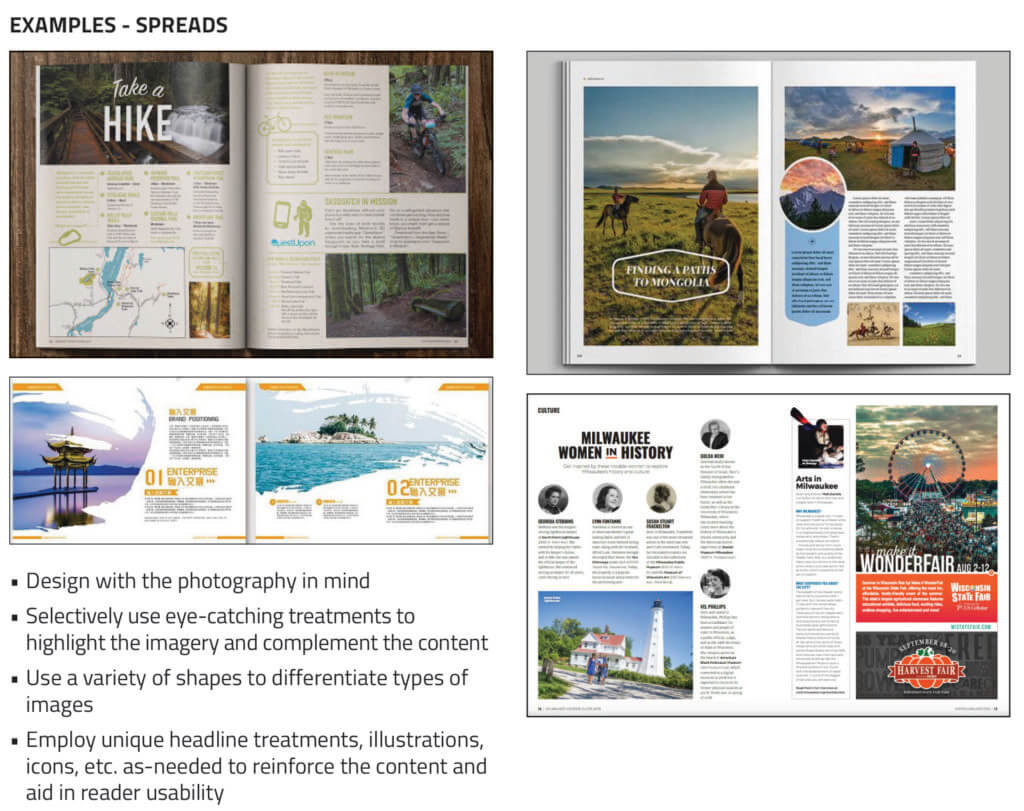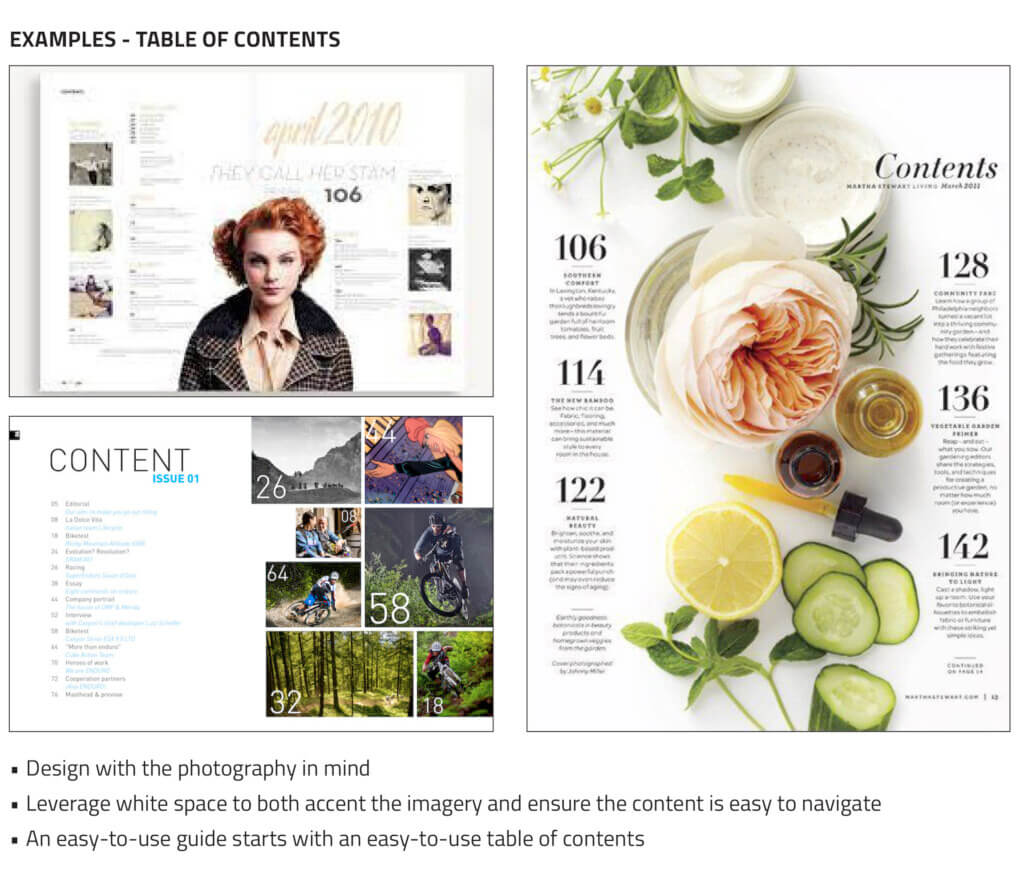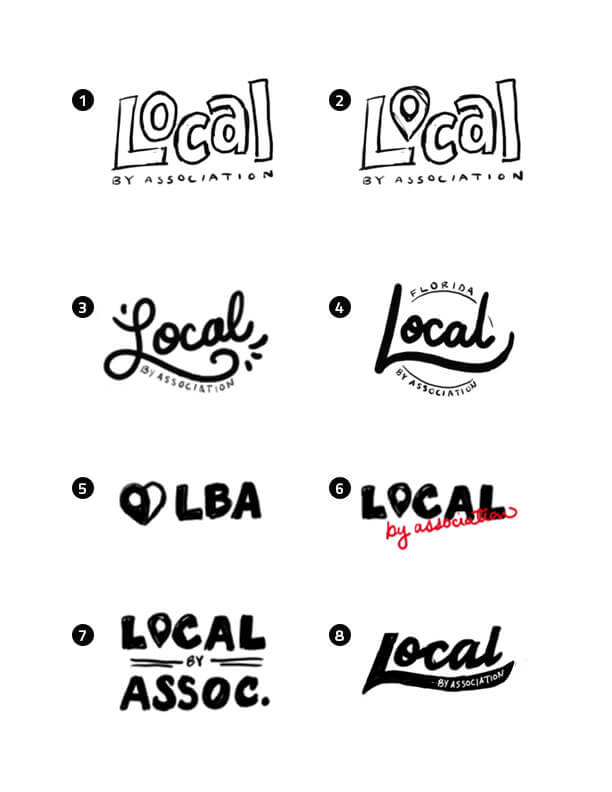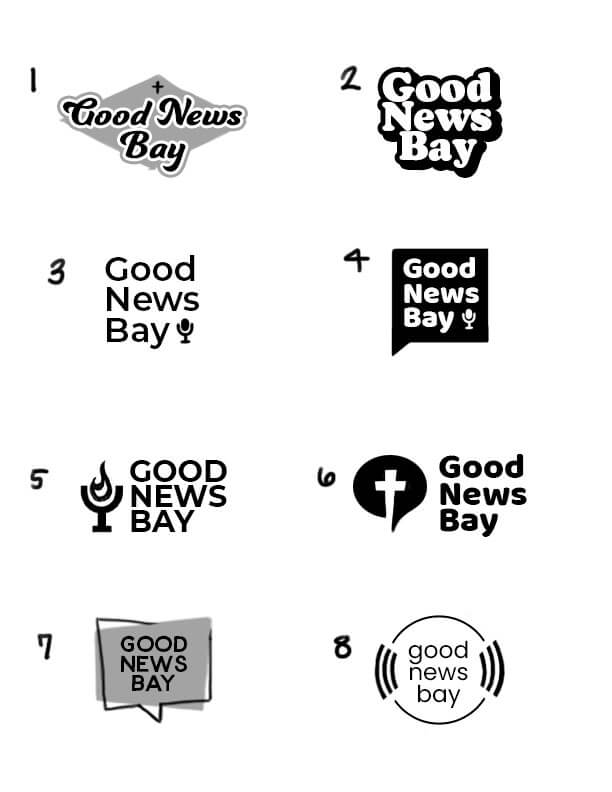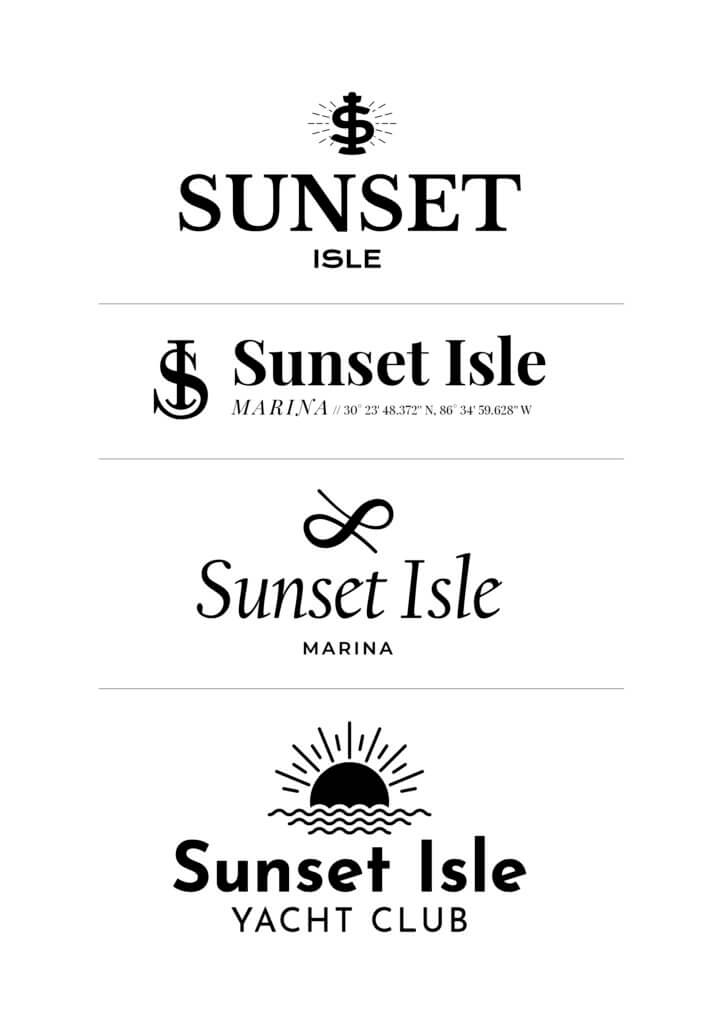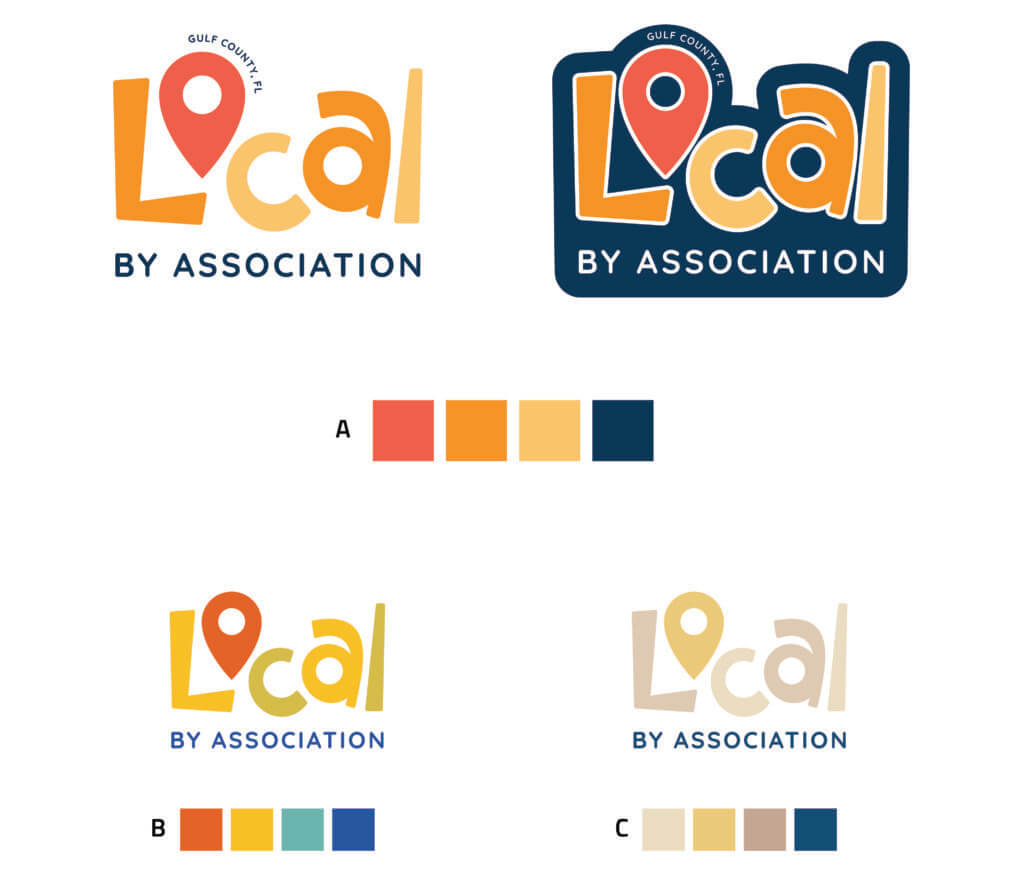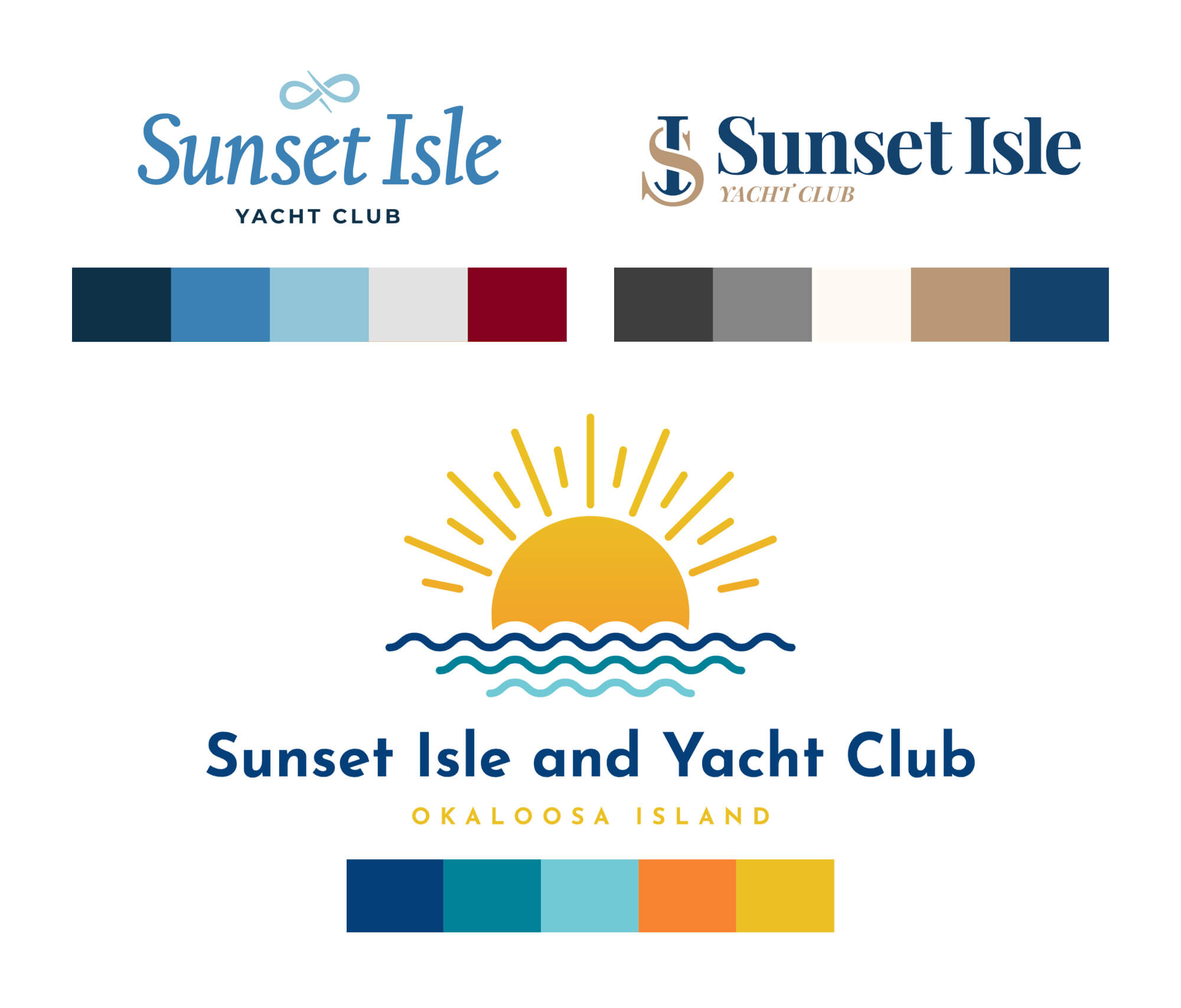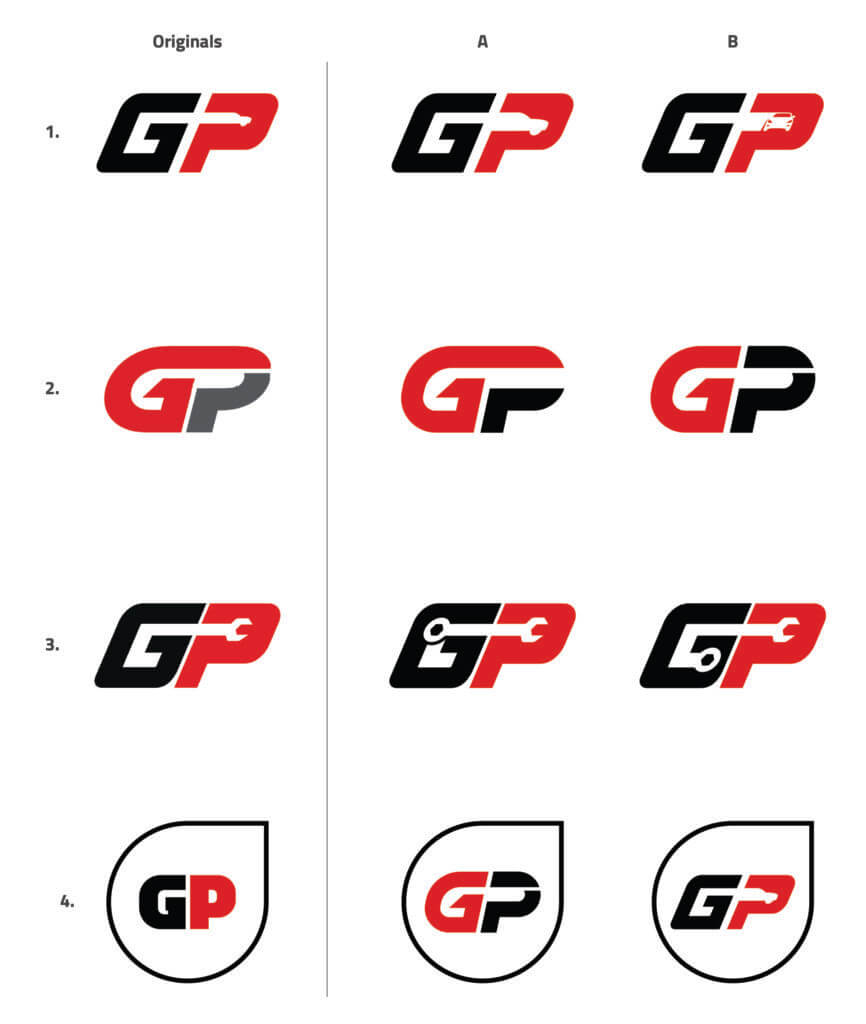Think about your favorite brands. Chances are, you can recall their slogans without even trying—whether it’s “I’m Lovin’ It” or “Just Do It.” These memorable phrases have a way of sticking with you, becoming part of a brand’s identity. While you can bet these big brands spent plenty of time and effort finding the right words, a great slogan is definitely within your reach. Even better, it doesn’t have to be world-famous to make a lasting impact on your audience.
In this guide, we’ll break down everything you need to know about slogans—what they are, why they matter, and how to make a slogan that perfectly captures your business’s voice.
What is a Slogan?
A slogan is a short, memorable phrase that communicates the essence of your business. Think of it as the verbal logo for your brand—it quickly tells people what you’re about, what makes you unique, and what you offer.
Slogans often capture the feeling or benefit you want people to associate with your business. Whether it’s playful, inspiring, or direct, a slogan distills your brand identity into just a few impactful words.
Why a Slogan Matters for Your Business
The Power of a Memorable Message
We bet you’ve heard of “Got Milk?” but did you know that this slogan actually helped change consumer behavior in a big way? The California Milk Processor Board was concerned about declining milk sales and how to make milk relevant to Americans again. The answer? A slogan. “Got Milk?” took a boring product and made it memorable—popular even. That’s the power of a strong slogan: it has the potential to shift perceptions and even drive action!
While your slogan may not need to work that hard, it still serves key business goals by:
- Making your brand stand out and be easily remembered
- Building a connection with your audience by relating to their needs or emotions
- Creating a cohesive brand identity across all marketing channels
What Makes a Good Slogan?
Crafting a good slogan is about more than just finding the right words—it’s about finding the right words that resonate with your audience and capture your brand’s essence. Here are some key elements of a great slogan:
- Concise & Clear: Every word counts. A great slogan is short and to the point—no fluff, just impact. Example: Subway’s “Eat Fresh” says everything you need to know in just two words.
- Memorable: A good slogan sticks in people’s minds. Using rhythm, rhyme, or even a clever play on words can make it more memorable. “Snap, Crackle, Pop” by Rice Krispies is catchy and fun to say, making it easy to remember.
- Reflects Brand Voice: Your slogan should align with your brand’s tone and identity. Is your business playful, serious, bold, or nurturing? L’Oréal’s “Because You’re Worth It” perfectly embodies its empowering, beauty-forward brand voice.
How Long Should a Slogan Be?
One of the biggest challenges in creating a slogan is keeping it concise. It’s tempting to pack in as much information as possible, but the most memorable slogans are brief. So, how long should a slogan be? A good rule of thumb is to aim for 3-7 words. This range is usually long enough to convey your message but short enough to stay memorable.
The real goal is to say only what matters—no more, no less.
How to Make a Slogan
Wondering where to start in crafting your business slogan? Try this:
- Know Your Audience & Goals
Before you start brainstorming, understand who you’re speaking to and what you want them to remember about your brand. Are you targeting families, athletes, or professionals? What message do you want to leave them with? - Brainstorm with Keywords
Write down a list of words or phrases related to your brand, product, or audience. Think about how you want people to feel when they hear your slogan—empowered, happy, excited? - Keep It Simple & Direct
The best slogans are clear and easy to understand. Focus on the core message you want to deliver, and avoid overcomplicating it. A simple phrase is easier to remember and share. - Use Active Language
Choose words that inspire action and emotion—strong verbs can make your slogan more dynamic. Words like “Discover,” “Create,” “Empower,” or “Transform” add energy and a sense of movement that engages your audience. - Test & Refine
Once you’ve narrowed down your options, test them out. Ask friends, family, or potential customers for their reactions. If it doesn’t resonate, don’t be afraid to make tweaks until it feels just right.
Quick Tips if You Get Stuck:
- Use a twist on common sayings to connect quickly. “Have It Your Way” (Burger King)
- Play with sounds and rhythm for memorability. “Zoom Zoom” (Mazda)
- Tie in your business name for instant brand recognition. “Every Kiss Begins with Kay”
- Spark emotion or imagery to make it relatable. “Finger Lickin’ Good” (KFC)
- Prompt a question to spark curiosity. “What’s in Your Wallet?” (Capital One)
- Motivate your audience to take action. “Save Money. Live Better.” (Walmart)
- Highlight the benefit your business provides. “The Quicker Picker Upper” (Bounty)
- Encourage your audience to see your product or industry differently: “Think Outside the Bun” (Taco Bell)
- Challenge your audience with a playful dare to keep them engaged. “Betcha Can’t Eat Just One” (Lay’s)
Think you know the most recognizable slogan in the U.S.?
Go ahead, take a guess.
If you thought of KFC’s “Finger Lickin’ Good,” you’re right! According to a study by Upwave, it tops the charts with an impressive 87.9% recognition rate.
Ready to Craft Your Perfect Slogan?
Sure, your business slogan might not reach “Finger Lickin’ Good” fame—but that doesn’t mean it can’t pack a punch.
If you’re feeling stuck or want some help finding just the right words, Curiosity Marketing Group is here for you. Let’s brainstorm and create a slogan that feels true to your brand.






